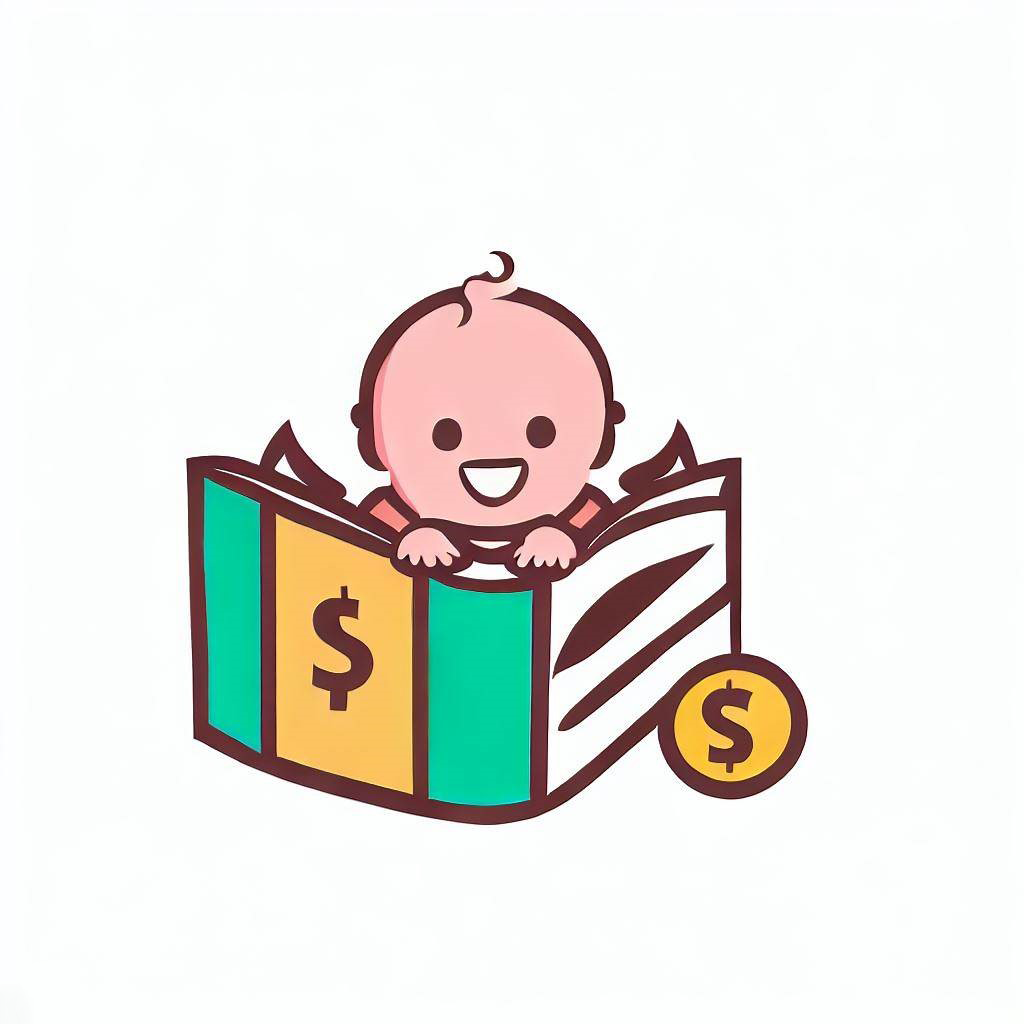Unlocking Financial Literacy: Tips for Parents to Teach Kids about Personal Finance
Financial literacy is a crucial life skill that every child should learn, but unfortunately, it is often overlooked in traditional education. As parents, it is our responsibility to equip our children with the knowledge and tools they need to be financially independent and successful in the future. Teaching kids about personal finance doesn’t have to be a daunting task. With some guidance and the right approach, you can make it an engaging and enjoyable learning experience. Here are some tips on How To Teach Kids About Personal Finance!
1. Start at an early age: The process of teaching financial literacy should begin early in your child’s life. As soon as they start developing an understanding of money, you can introduce basic concepts like saving, spending, and sharing. Use tangible examples like piggy banks to help them grasp the concepts.
2. Foster a saving mindset: Encourage your children to save money by setting up a savings account in their name. Explain to them the importance of saving for their goals and teach them about the power of compound interest. Help them set realistic short-term and long-term financial goals.
3. Make it practical: Instead of just lecturing your kids about finances, involve them in real-life scenarios. For example, when grocery shopping, show them the difference in prices between similar products and explain how making smart choices can save money. Allow them to be part of the decision-making process and explain the consequences of financial decisions.
4. Introduce budgeting: Teach your children the importance of creating and sticking to a budget. Help them develop a budget for their allowances or earnings, dividing it into categories like savings, spending, and charity. This will teach them the value of money and instill responsible spending habits.
5. Encourage entrepreneurship: Encourage your children to explore their entrepreneurial skills by starting a small business or engaging in simple money-making ventures. This will help them understand the fundamentals of earning money, budgeting, and making financial decisions.
6. Lead by example: Children learn a great deal from observing their parents’ behavior. Be a good financial role model by showing responsible money management and discussing your financial choices. Involve your children in age-appropriate discussions about family finances to help them develop a broader understanding of financial decision-making.
7. Utilize educational resources: There are numerous resources available to assist parents in teaching kids about personal finance. Books, online platforms, games, and apps can make learning about finance interactive and enjoyable. These resources can help children understand complex financial concepts in a fun and engaging way.
In conclusion, teaching kids about personal finance is a vital step in preparing them for a financially secure future. By starting early, making it practical, leading by example, and utilizing educational resources, parents can set their children on the path towards financial literacy. Remember, the key is to make the learning process enjoyable and relatable so that kids can develop the necessary skills and habits to make sound financial decisions throughout their lives. How to teach kids about personal finance? Start now and embark on this meaningful journey together!
************
Want to get more details?
My First Finance Book
https://www.myfirstfinancebook.store/
My First Finance Book is dedicated to teaching children ages 6-12 the fundamentals of personal finance. We do this through our book series, titled the My First Finance Illustrated Book Series and the My First Finance Coloring Book Series, and through providing teachers and parents everything they need to teach finance to their children.

